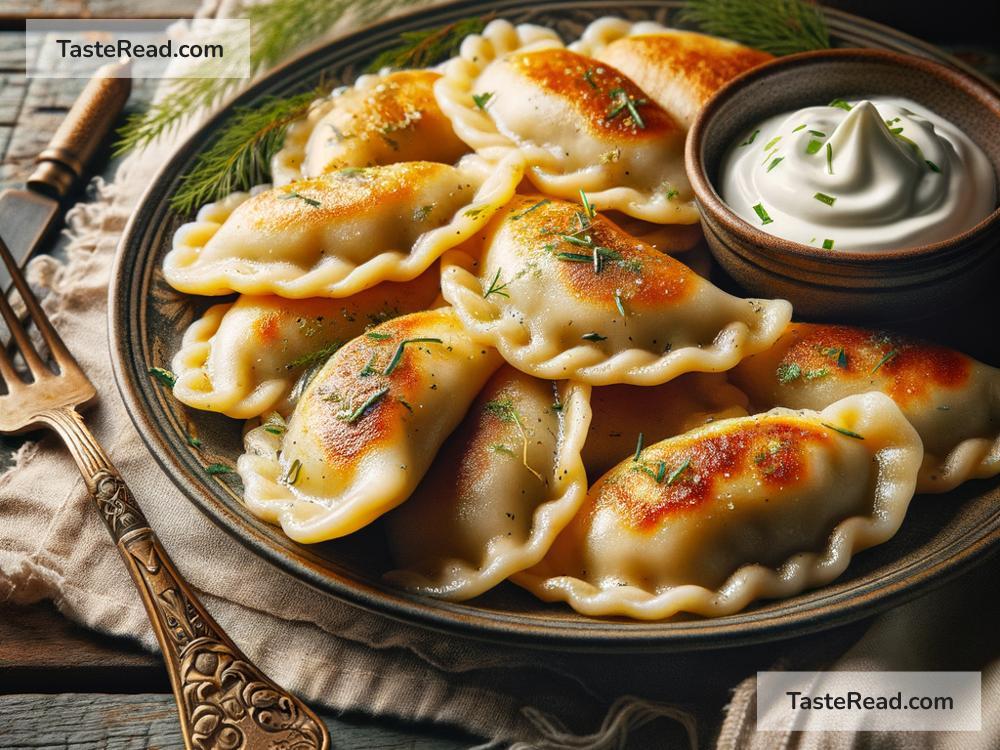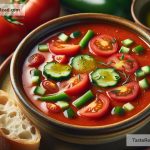Exploring the Legacy of the Polish Pierogi
When it comes to comfort food, few dishes around the globe can compare to the humble yet delectable pierogi. This traditional Polish dumpling has won hearts far beyond its native land, embodying a rich heritage of flavor, customs, and shared family moments. Today, let’s dive into the legacy of the Polish pierogi, uncovering its roots, variations, and why it continues to be a cherished dish worldwide.
Origins: A Journey Back in Time
The story of pierogi is as layered as its fillings. While commonly associated with Poland, its exact origins remain a subject of culinary debate, with similar dishes found across Eastern Europe and Asia. However, it’s in Poland where pierogi truly flourished, becoming an integral part of the country’s culinary identity by the 13th century. Initially a food reserved for holidays and important celebrations, pierogi eventually found its way into the daily lives of many, highlighting the versatility and creativity of Polish cooks.
What Makes Pierogi So Special?
At its core, a pierogi is a simple dish made by wrapping a soft, doughy shell around a filling, which is then cooked by boiling and sometimes pan-frying. But don’t let its simplicity fool you – the real magic of pierogi lies in the endless variety of fillings and their preparation, making it a testament to the creativity in Polish kitchens. From savory to sweet, the range of fillings includes potato and cheese (the classic ‘pierogi ruskie’), sauerkraut and mushrooms, minced meat, and even fruit for a dessert twist.
One could argue that part of the pierogi’s enduring appeal is this very versatility. Whether you’re a meat-lover or vegetarian, have a sweet tooth or prefer something savory, there’s a pierogi out there for you.
A Symbol of Home and Tradition
Beyond just taste, pierogi carry a heavy load of traditions and memories. Preparing pierogi is often a family affair, with recipes passed down through generations, each carrying the mark of its ancestry through slight variations in dough thickness, filling choices, or cooking methods. In many Polish households, the act of making pierogi together for holidays, especially Christmas Eve, is a cherished ritual, bonding families and connecting them to their heritage.
Moreover, pierogi have transcended their home kitchens to become celebrated in festivals and competitions, both in Poland and in communities of Polish descent around the world. These events not only showcase the diverse styles and tastes of pierogi but also bring people together, reflecting the dish’s role in promoting cultural identity and unity.
The Global Journey of Pierogi
The story of pierogi is also one of migration and adaptation. As Polish people moved across the world, they took their beloved pierogi with them, introducing it to new lands and palates. In countries like the United States and Canada, pierogi have been embraced with open arms, finding their way onto mainstream restaurant menus and supermarket shelves.
What’s interesting is how pierogi have adapted to local tastes in different countries, incorporating ingredients like kimchi in Korea or becoming a deep-fried snack in some American establishments. Such variations not only speak to the pierogi’s versatility but also its ability to bring different cultures together, creating culinary hybrids that still pay homage to their Polish roots.
A Dish for All Seasons
Another appealing aspect of pierogi is their year-round presence. While some dishes are tied to specific seasons or occasions, pierogi’s adaptability makes them a comfort food for any time, whether it’s a hearty, meat-filled variety to warm up a chilly winter evening or a sweet, fruit-filled offering for a summer dessert.
The Legacy Lives On
In the end, the legacy of the Polish pierogi is not just about the food itself but what it represents – a piece of Polish culture and history, a connector of families and communities, and a versatile dish that transcends borders. Whether you’re enjoying a simple plate of potato and cheese pierogi or experimenting with your own fillings, each bite is a nod to the rich tradition and enduring appeal of this beloved dumpling.
As pierogi continue to find new fans around the world, one thing is clear: this Polish culinary gem is much more than just a dumpling; it’s a celebration of heritage, family, and the simple joy of good food shared. So next time you savor a pierogi, remember, you’re not just eating a meal – you’re partaking in a legacy that stretches back centuries and spans the globe.


